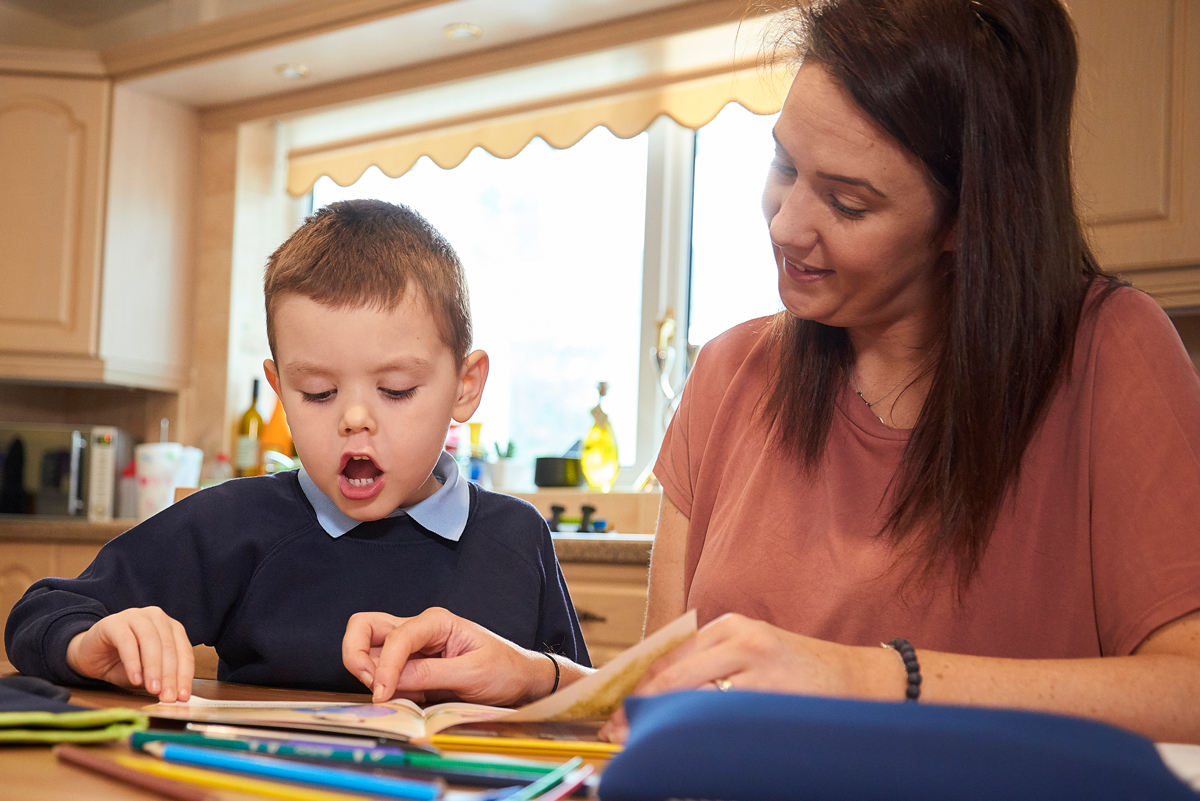Zoom school was the new normal, and parents across the country gained insight into how their children were being taught: guess the covered word, look at the first letter and guess, look at the picture and guess… guess until you get it right! Does it look right? Does it sound right? They took to YouTube and Twitter to share what they saw, wondering if anyone else was as concerned as they were?
It turns out over 68% of teachers were using this flawed approach. Despite the National Reading Panel’s findings two decades prior, several publishers and most credentialing programs clung to an outdated theory about how our brains best learn to read.
Then came a podcast series that really put the literacy world on its head: Sold a Story. A journalist named Emily Hanford did a deep dive into the history of this flawed belief system about the way students learn to read, and how those beliefs took hold across America. She also discussed how much damage those beliefs, and curriculum that adheres to those beliefs, is still doing today.
Teachers listened to the podcast, texted their colleagues, and discussions were sparked in teachers’ lounges everywhere. Justifiably angry parents took to the podiums at board of education meetings. They ran for open seats. They petitioned their representatives in state legislators.
31 states plus the District of Columbia have enacted legislation related to the science of reading. Some require teachers to receive special training in the science of reading, some ban methods such as three cuing, and others require the adoption of new teaching materials aligned to the science of reading.
The science of reading is now a national movement.
